Who are you calling ugly?
If life were a Disney movie, we would have no trouble identifying beneficial bugs in our garden. They would all have big puppy-dog eyes and sing sweet songs. They would not have names like assassin bugs, which, in fact, some of them do.
So when we see creepy critters crawling and flying around our freshly planted vegetable garden, we have to work a little harder to distinguish the good guys from the bad guys. The good guys, by the way, are the ones who feed on what we consider the bad guys – insects like aphids that damage plants by clustering on young shoots, buds and leaves, sucking out the plant juices.
Ironically, in our bug-eat-bug world, your garden won’t attract the good guys without the so-called bad guys, so don’t get too worked up when you see some aphids, caterpillars, mealybugs and such. If you reach too quickly for pesticides, you will kill the allies along with the enemies.
So how can you tell the good from the bad? For starters, you have to get a good look at them, and for that I sometimes use a 10-power hand lens. Even up close, you won't see the good guys wearing white hats, but with practice they become easy to spot. Here’s quick look at the most common vegetable garden allies:
Lady Beetles, aka Lady Bug –
OK, this bug does look a little like a Disney creation, doesn’t it? Lady beetles feed on aphids and other soft-bodies insects. Lady beetles are flighty, so don’t be surprised when they leave your garden for greener pastures next door. But those that stick around will be a big help, gobbling up as many as 50 aphids a day.
Ground beetles
These guys are big, about ¾ inch, and they hunt at night, rooting around your leaf litter for insect eggs and larvae.
Soldier beetles
These bugs are good, well, soldiers, consuming aphids, caterpillars and grasshopper eggs.
Lacewings
With their fairylike green wings, lacewings look like gentle creatures, but they are fierce predators in their larval stage, devouring aphids, caterpillars, mealybugs, leafhoppers, insect eggs, whiteflies and even other lacewings.
Snakeflies
Snakeflies are related to lacewings and they consume a wide variety of orchard pests.
Parasitic wasps
Parasitic wasps are a great defense against corn earworm, tomato fruitworm, cabbageworm and tent caterpillars. What’s more, female parasitic wasps lay eggs in aphids, which kills the host.
Assassin bugs
Assassin bugs prey on aphids, leafhoppers and caterpillars.
Dragonfly
Besides being just plain cool-looking, a single dragonfly can consume some 300 mosquitoes a day.
Sryphid flies
Syrphid flies will defend your garden against aphids.
Spiders
Spiders can look creepy, but these predators are excellent biological control agents. If you need a reminder of their ally status, just remember Charlotte’s Web.
What are good plants to plant among your vegetables to attract beneficials to your garden? Different crops have different needs, so it’s wise to check with your nursery or local master gardener, but a few of my favorites include statice, sweet alyssum, fennel, zinnia, cosmos, sunflower, marigold, yarrow and lavender. Beneficial bugs and insects also like dill, parsley and cilantro flowers, so when you’re done harvesting those herbs, feel free to let them flower. You’re buggy friends will thank you.
You can learn much more about friendly insects at the California Master Gardener Program and at UC Statewide Integrated Pest Management.
Comments:
and this link for ground beetles:
http://www.ipm.ucdavis.edu/PMG/NE/predaceous_ground_beetle.html
Do you suppose somebody could switch out that picture with one of an actual dragonfly?

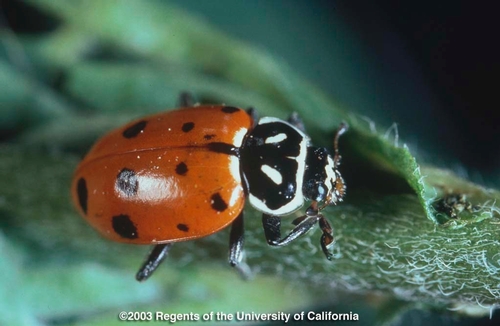
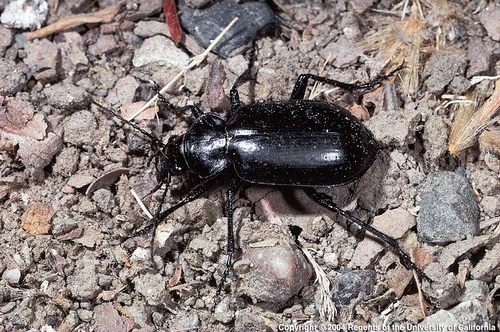
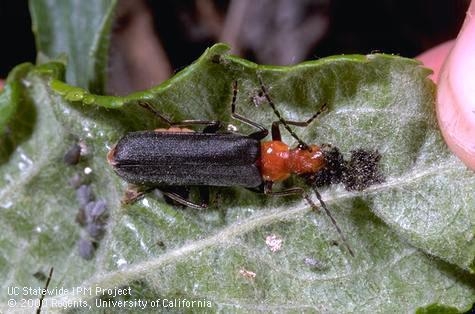
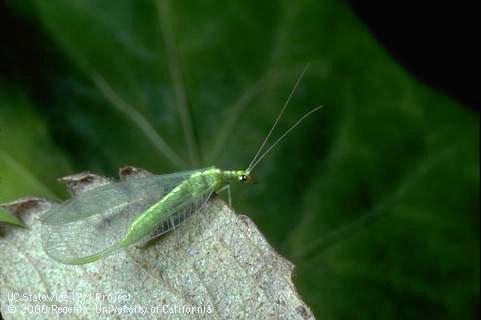
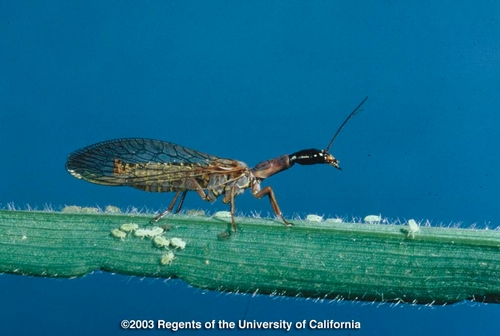
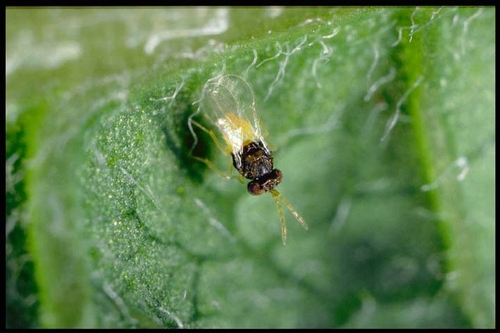
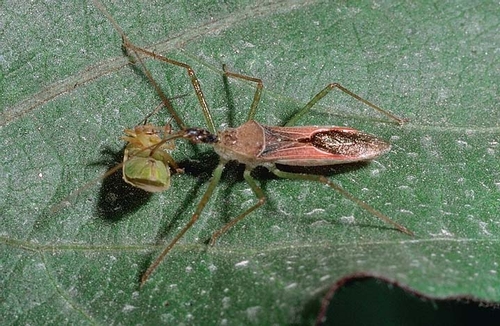
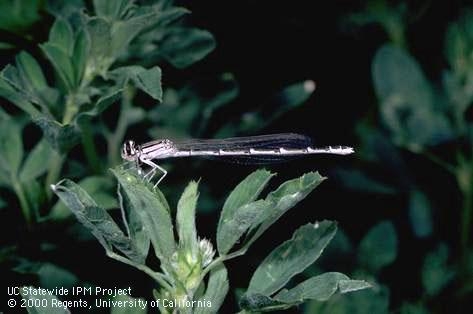
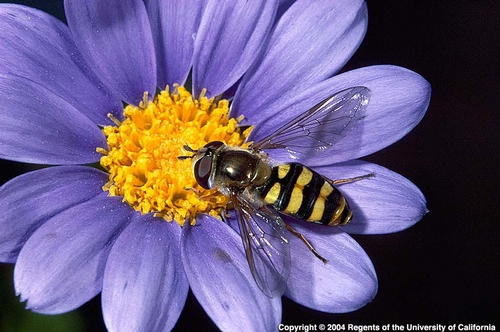
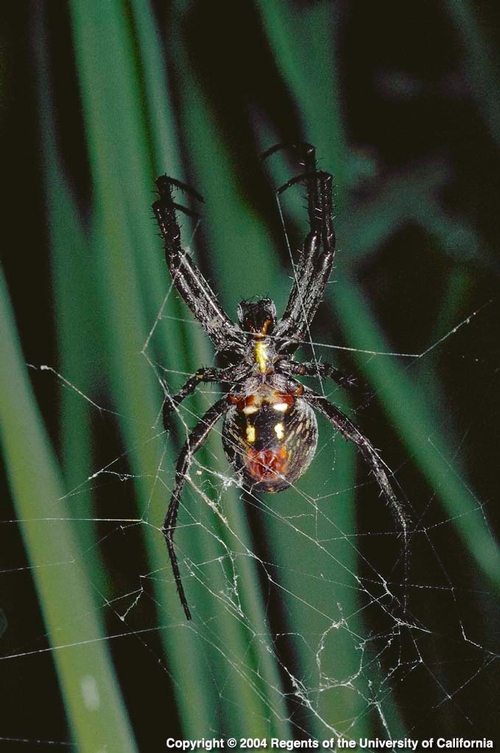
Posted by Not an entomologist on April 21, 2011 at 11:11 AM